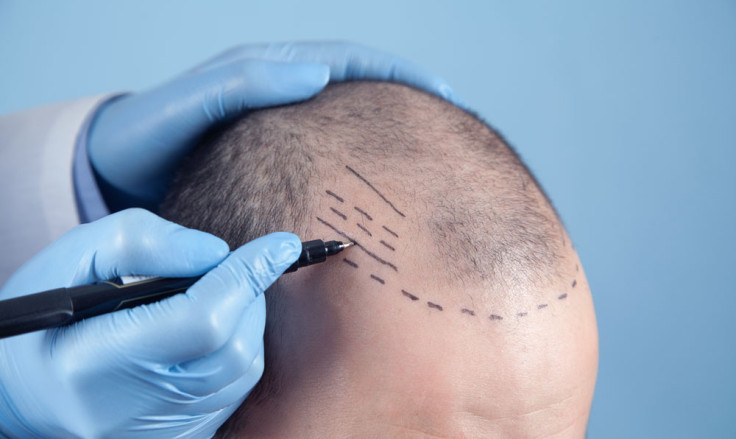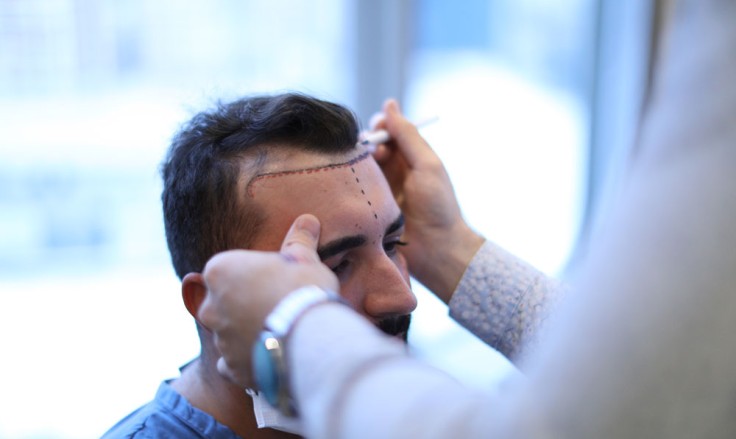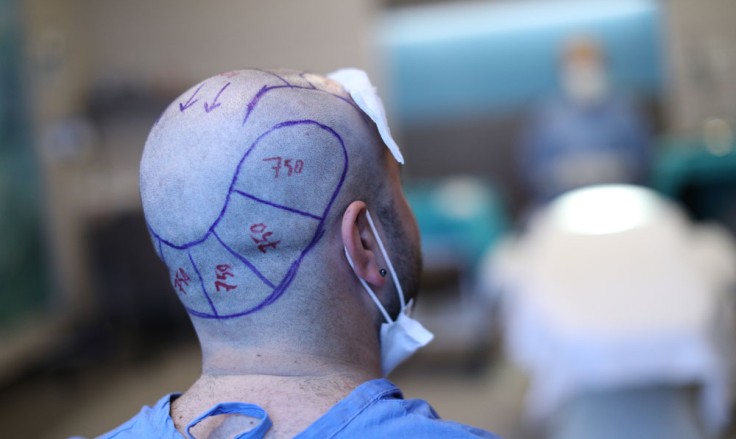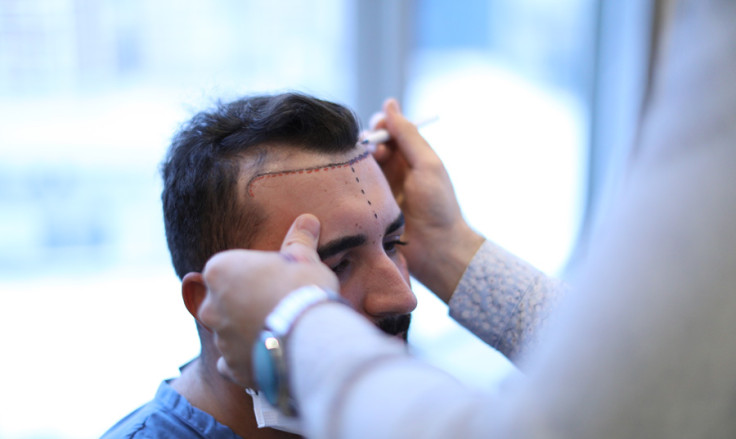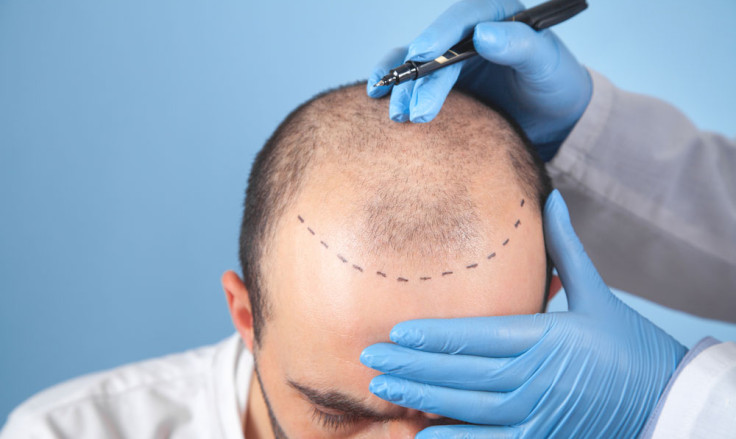Everything You Need to Know About DHI Hair Transplants
Introduction
DHI hair transplants are an advanced hair restoration technique that delivers natural, long-lasting results. This method is a refined version of Follicular Unit Extraction (FUE). It uses a special Choi implanter pen for precise implantation. In this guide, we will explore DHI hair transplants, their benefits and the procedure. We’ll also discuss what to expect during recovery.
What Are DHI Hair Transplants?
DHI hair transplants involve implanting hair follicles into the scalp using a Choi implanter pen.
- Extraction: Hair follicles are individually removed from the donor area, usually the back of the head.
- Implantation: The follicles are placed directly into the recipient area without creating pre-made incisions.
- Minimally Invasive: The technique reduces trauma to the scalp, ensuring a faster recovery.
- This high-precision method results in natural-looking density and permanent hair restoration.
How Do DHI Hair Transplants Work?
The procedure follows a structured process to ensure optimal results.
- Consultation – A specialist assesses hair loss and determines the number of grafts required.
- Extraction – Individual follicles are extracted from the donor area using a micro-motor tool.
- Implantation – The follicles are implanted into the recipient area with the Choi implanter pen.
- Recovery – Healing begins immediately, with most patients resuming normal activities within a few days.
This advanced method reduces scarring and ensures precise hair placement.
Benefits of DHI Hair Transplants
DHI hair transplants offer several advantages over traditional methods.
- Natural-Looking Results: Precise placement ensures a realistic hairline and balanced density.
- Minimally Invasive: No pre-made incisions reduce bleeding and scalp trauma.
- Faster Recovery: Healing is quicker than traditional hair transplant methods.
- Higher Graft Survival Rate: The Choi implanter pen protects follicles, increasing their survival rate.
- No Shaving Required: Unlike FUE, DHI can be performed without shaving the recipient area.
These benefits make DHI hair transplants an excellent option for many patients.
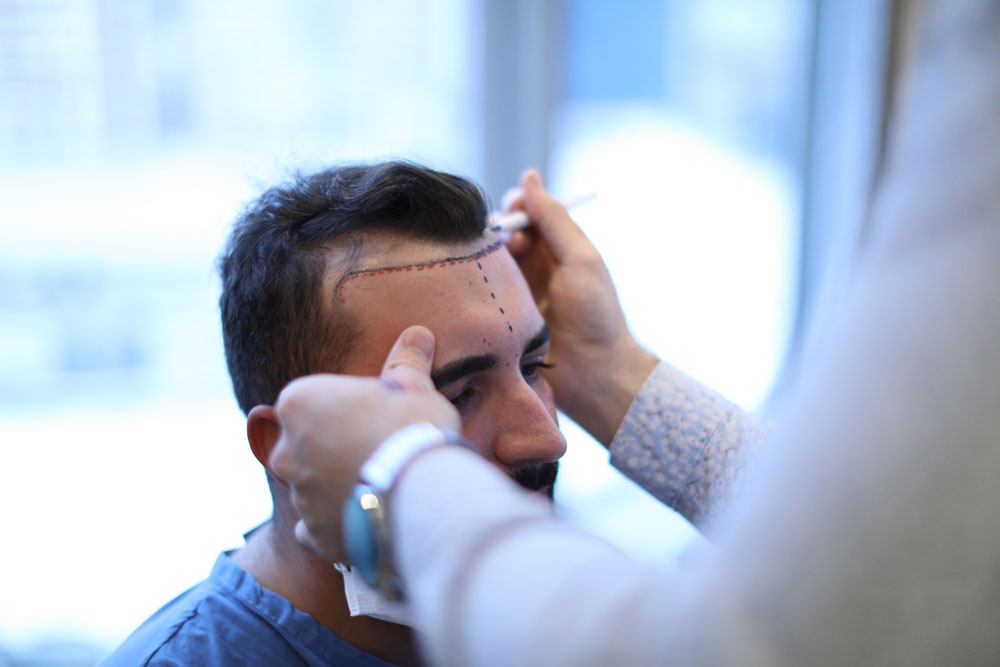
What to Expect During Recovery
The recovery process after a DHI hair transplant is straightforward but requires proper aftercare.
- First Week: Mild swelling and redness subside within a few days.
- Weeks 2-4: Temporary shock loss may occur, where transplanted hairs shed before regrowth.
- Months 2-6: New hair begins to grow, appearing thin at first before thickening.
- Months 6-12: Final results become visible, with stronger, thicker hair developing.
Following post-surgery instructions ensures optimal healing and long-lasting results.
Conclusion
DHI hair transplants provide a minimally invasive, precise, and effective solution for permanent hair restoration. This technique ensures natural results, a high follicle survival rate, and faster recovery. Whether you need hairline restoration or density improvement, the procedure offer an advanced solution. Consulting a specialist is the best way to determine if this is right for you.
For more information and to book a consultation visit the ACIBADEM Beauty Center hair transplant page.

